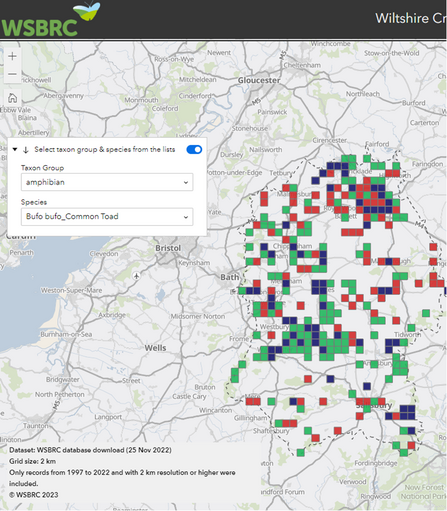What are the most important wildlife species in Wiltshire and where are they? To answer these two fundamental questions, Wiltshire and Swindon Biological Records Centre (WSBRC) has just completed a major project to look at which of England’s threatened species had been recorded in Wiltshire.
In collaboration with County Species Recorders, a list of species that are critically important in Wiltshire – Wiltshire’s Critical Species – has been produced. Perhaps even more excitingly, interactive maps showing where these species have been recorded are now available on the web for all to see.
The Wiltshire’s Critical Species Project was a pilot funded by Natural England through the Species Recovery Programme. A report and the interactive species distribution map are available on the project webpage.

